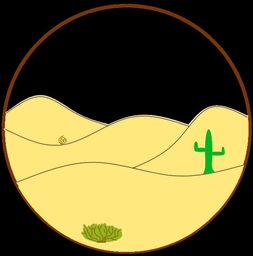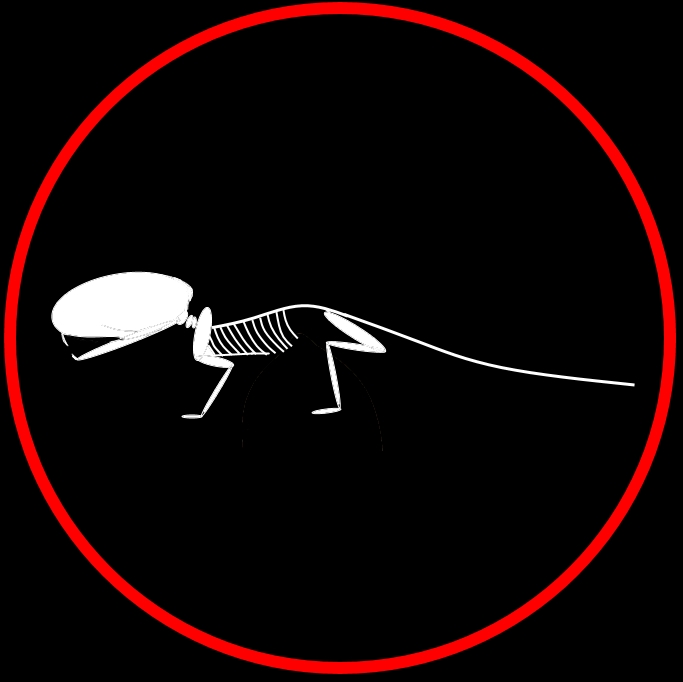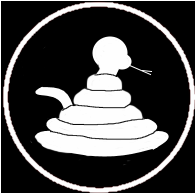Saharan Horned Viper
Cerastes cornutus (Cerastes cerastes)
Where is it found?
Desert
Diet and foraging method
Key adaptations
Saharan horned vipers have a flattened body shape and yellowish brown colour, and spend most of their time fully or partially buried in the sand which keeps them well camouflaged, allowing them to ambush prey and hide from predators.
Social organisation
Solitary
Did you know that...?
The Saharan horned viper only strikes at its predators as a last resort, first coiling its body and rubbing its scales together to make a rasping sound, as well as hissing and inflating its body.
Taxonomy
Picture credits:
Maps from: http://species.mol.org/species/
"Hornviper Cerastes cerastes" by H. Krisp - Own work. Licensed under CC BY 3.0 via Commons - https://commons.wikimedia.org/wiki/File:Hornviper_Cerastes_cerastes.jpg#/media/File:Hornviper_Cerastes_cerastes.jpg
"Hornviper Cerastes cerastes" by H. Krisp - Own work. Licensed under CC BY 3.0 via Commons - https://commons.wikimedia.org/wiki/File:Hornviper_Cerastes_cerastes.jpg#/media/File:Hornviper_Cerastes_cerastes.jpg








